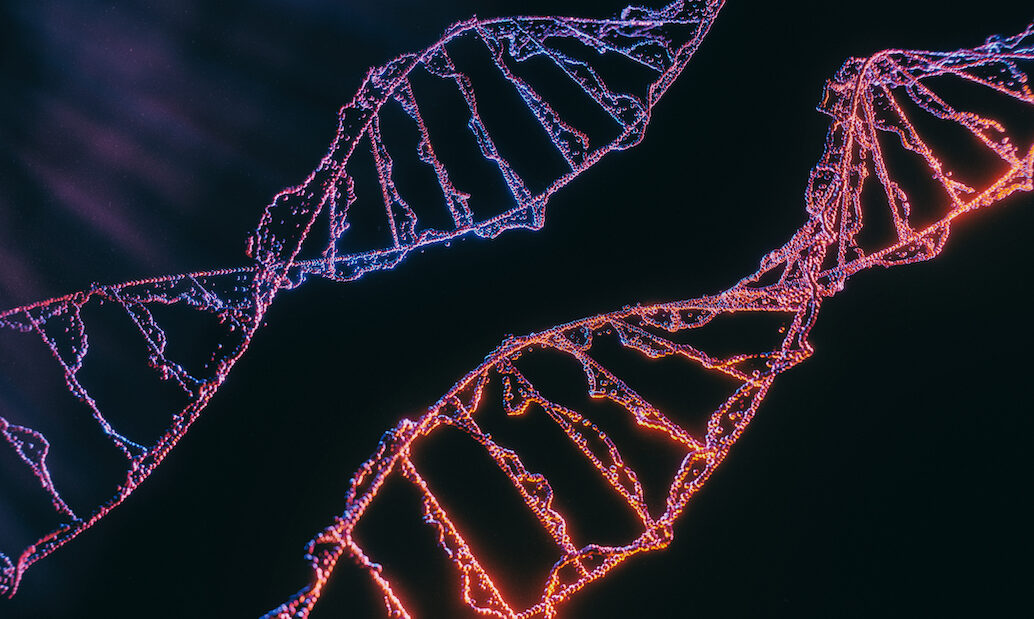Congenital disorders
Dosage Sensor Ensures Mammalian Biallelic Expression
Gene dosage mechanisms are required to maintain the expression of haploinsufficient genes properly, which, if misregulated, can lead to many developmental disorders.
For the first time, researchers from the Max Planck Institute of Immunobiology and Epigenetics have shown that a protein called MSL2 can recognize these dosage-sensitive genes and ensure they are expressed in both forms in the right tissue or stage of development.
Understanding how MSL2, an epigenetic regulator, keeps certain dosage-sensitive genes expressed on both alleles opens the door to studying other factors that play a part in allelic dosage compensation in mammalian cells. This has important implications for human health conditions linked to haploinsufficiency, including congenital disorders and neurodevelopmental diseases.
The research article “MSL2 ensures biallelic gene expression in mammals” was published in Nature.
MSL2 is an evolutionarily conserved epigenetic dosage-sensor
In sexually reproducing organisms, each parent contributes one copy of a chromosome, resulting in the offspring’s somatic cells being diploid. Most genes show balanced expression resulting from both maternal and paternal alleles.
Genes that are haploinsufficient show obligate biallelic expression because they need two copies of the gene to make enough protein to work. The loss of expression of one of a haploinsufficient gene’s two alleles can result in disease.
In flies and mammals, males are the heterogametic sex exhibiting hemizygosity of X-linked genes. Dosage compensation is required to adjust the allelic expression of X-linked genes to compensate for differences in gene dosage between the sexes. In mammals, one of the X chromosomes is turned off in females. But in flies, the MSL complex—a histone acetyltransferase—increases transcription of the single male X chromosome to match the expression levels of the two X chromosomes in females.
Whether and how a biallelic or monoallelic state is determined at individual loci in different cell types and stages of development has been challenging to unravel. This study found a role for MSL2 in regulating allelic expression in a cell-type-specific manner in mammals.
If you do not have MSL2, a group of genes goes from having two copies to only one copy. One allele stays active, keeping histone modifications and transcription factor binding, while the other allele is turned off, losing promoter-enhancer contacts and gaining DNA methylation. The fact that MSL2-knockout mice die before birth and have different phenotypes during embryonic development lends credence to the idea that MSL2 regulates gene dosage.
This concept of MSL2-regulated gene dosage is evolutionarily conserved and extends to humans. For example, haploinsufficiency of the MSL2 target gene BCL11A is associated with Dias-Logan syndrome, resulting in variable neurological phenotypes.
This discovery opens up new avenues for further research into the modulation of gene dosage within our cells. MSL2 may be just one example of an allelic regulator, implying the existence of other factors playing similar roles. This newfound knowledge has far-reaching implications for understanding diseases and holds great promise for developing potential treatments.

